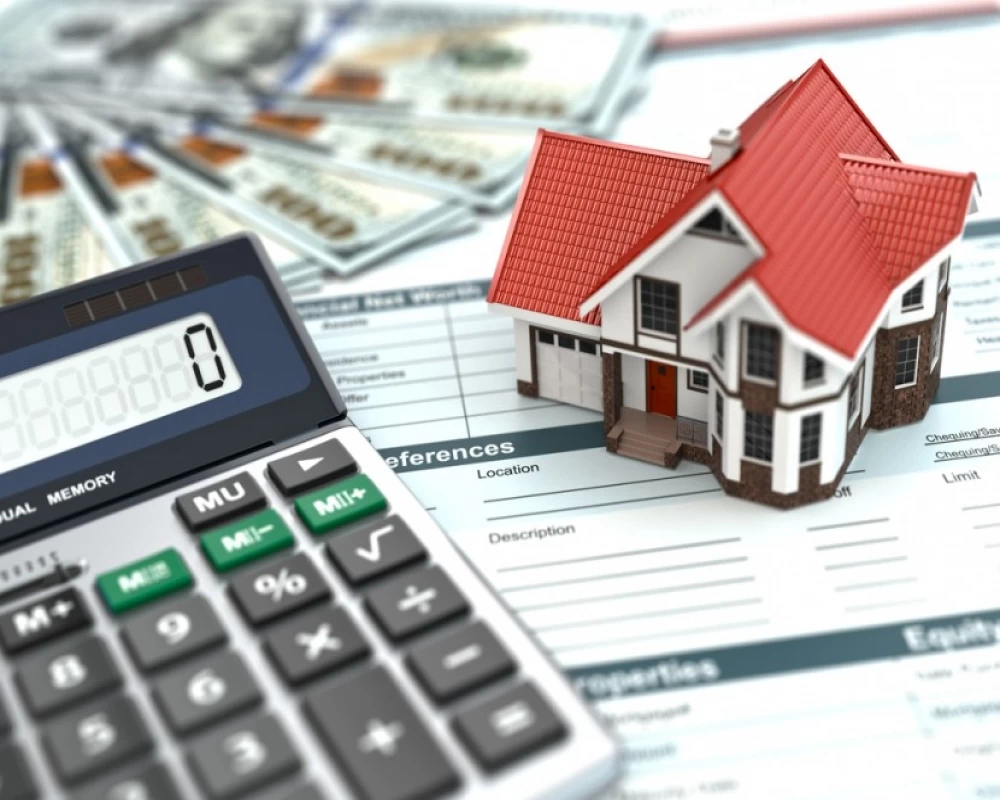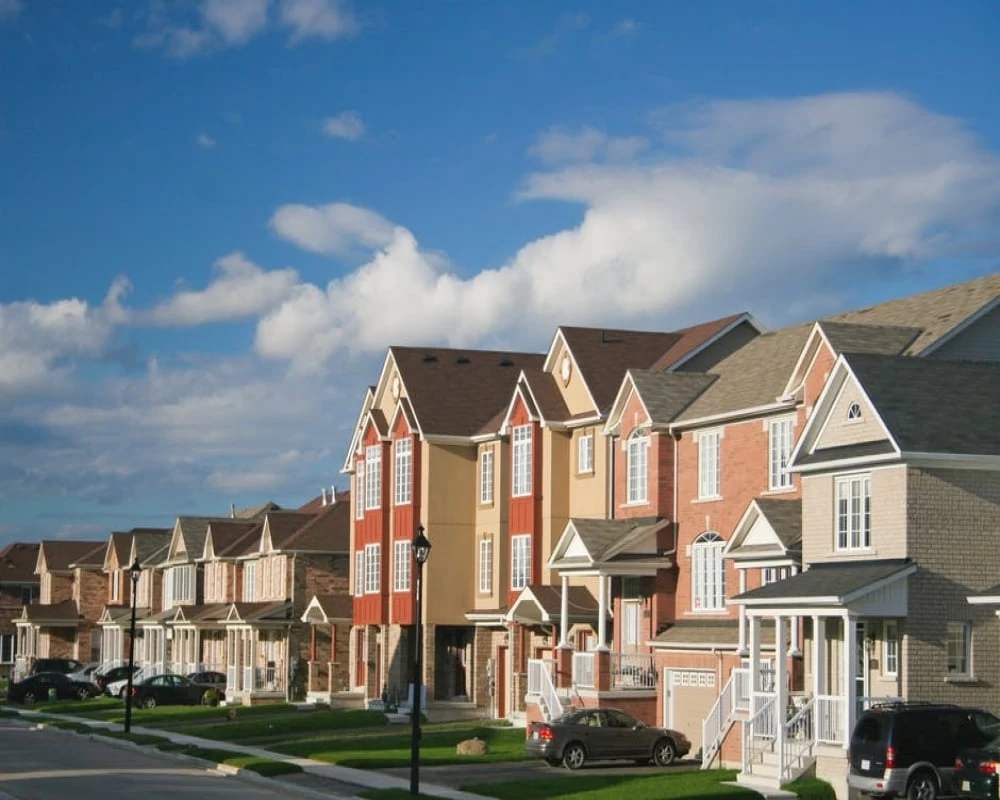5 Invaluable Property Negotiation Tips For Overseas Real Estate

In the book Cross-cultural Business Negotiations by Donald W Hendon, there is this story about a US sales professional with years of negotiating prowess in the US, pulling down walls due to his aggressive negotiation skills. He was asked to negotiate a business deal in Japan and he failed because the same aggressive skills that brought home the bacon in the US was considered a sign of weakness and insincerity in Japan. So negotiating on foreign soil presents a little more challenge.
But whatever the reason for negotiating or the country in which you are negotiating, the important thing is looking beyond the surface and understanding the motivations of the other party. This might be hard to do when you have barriers like cultural, socio-economic, political and religious differences. But you can break through those walls and infer the motivations of the other party; study weak points, analyze your strong point and get a win-win result. Here are property negotiation tips to achieve these whether on home or foreign soil.
1. Be respectful.
Being respectful and courteous tells the other party you’re calm and might signify you have the strong ground. This would make the negotiations an enjoyable ground for you. Moreover, everyone likes respectful people. Likability can work in your favor. But going in all firing with an aggressive attitude and you could be sending the wrong signals.
2. Do not be afraid to ask for what you want.
Successful negotiators are assertive and challenge everything - they know everything is negotiable. Being assertive means asking for what you want and refusing to accept NO for an answer. (Check the difference between assertiveness and aggressiveness). However practicing being assertive will take care of your interests while maintaining respect for the interests of others. When you put your own interests in front of others and with a lack of respect, then you are negotiating aggressively.
3. Listen.
The most popular word in the English language (or any other language for that matter) is "I". Therefore, it stands to reason that most people love to hear themselves speak. Communication is imperative in any negotiation. Negotiators are looking for that point that will unite the two sides and create a platform for a result. Good negotiators ask questions and then listen. The other party will tell you everything you need to know - all you have to do is listen. Follow rule 90/10 - listen 90% of the time, speak 10% of the time. Make a lot of open questions sit back, relax and listen and you will be amazed at what you hear.
4. Be Prepared.
It’s not a good strategy when you have to sit down at the negotiating table and think "I wish I'd known that" or "If I just found out before leaving the office. Know whatever there is about the house, the neighborhood and the state before getting to the negotiating table.
5. Always be willing to walk.
Never negotiate without options. If you rely too much on the positive outcome of a negotiation, you lose your ability to say NO. When you say to yourself: "I will walk if I cannot secure a negotiation that is satisfactory," the other side perceives that you mean business. Their resolution will force them to make concessions.
Doing your homework is vital to successful negotiation. You cannot make accurate decisions without understanding both sides of the process. The more information you have about the people you are trading with, the stronger your negotiating power.




